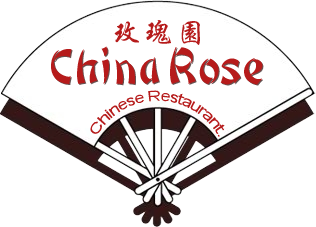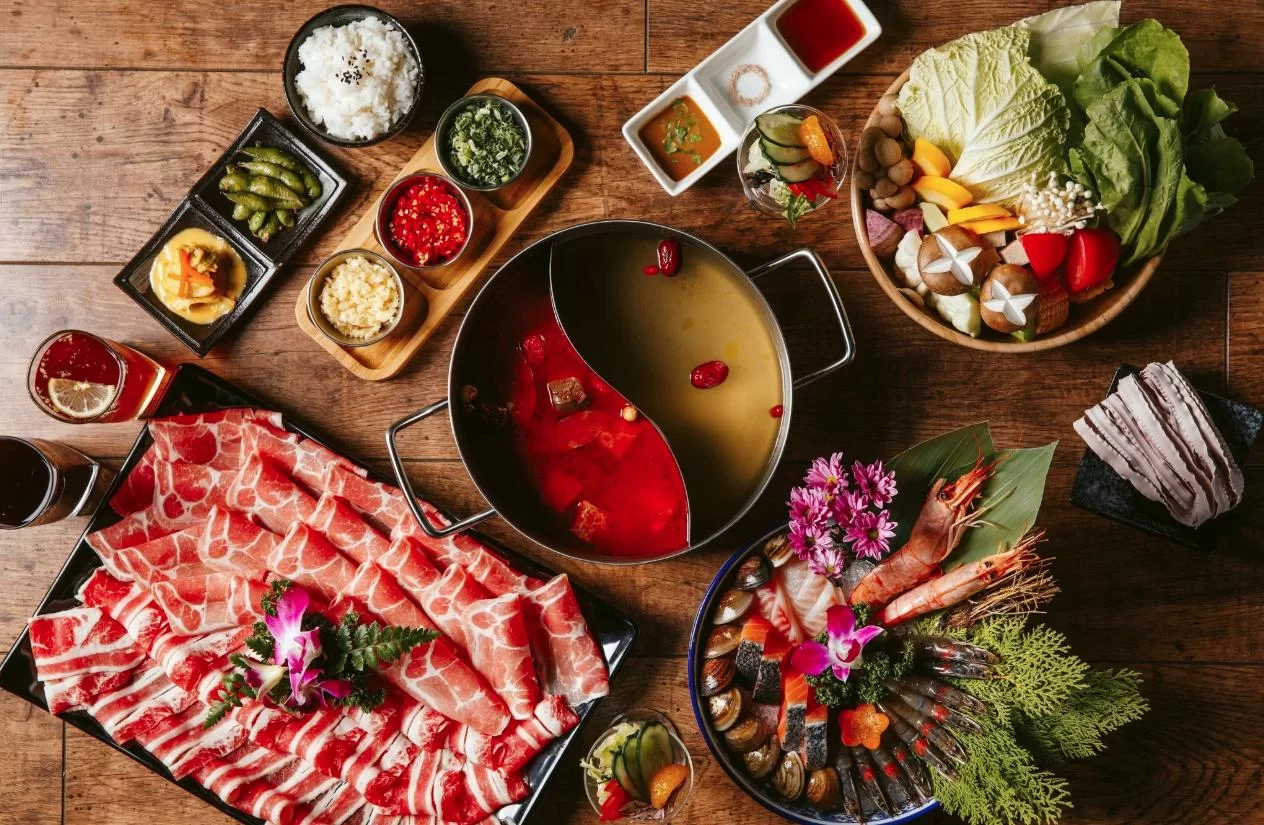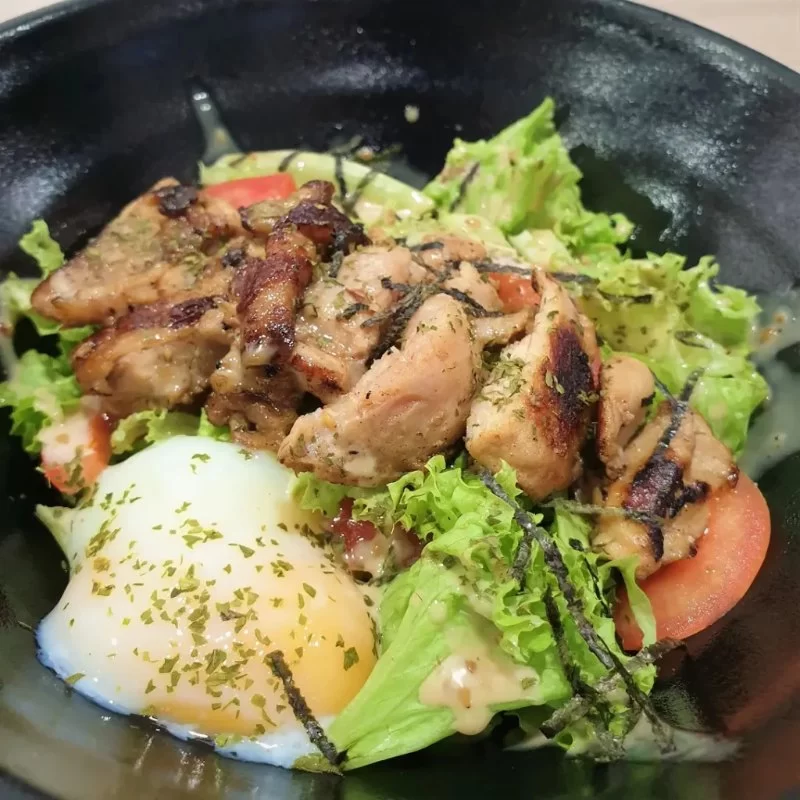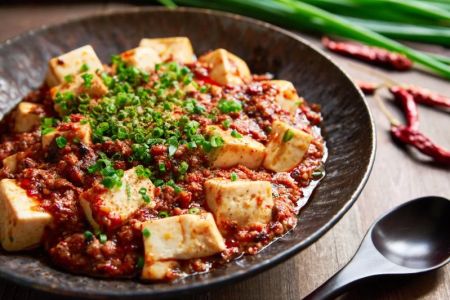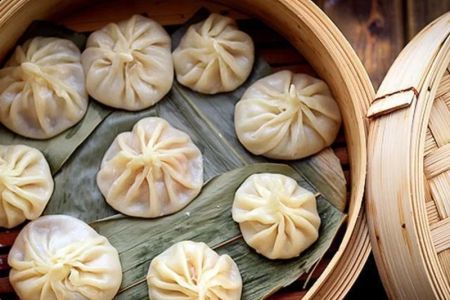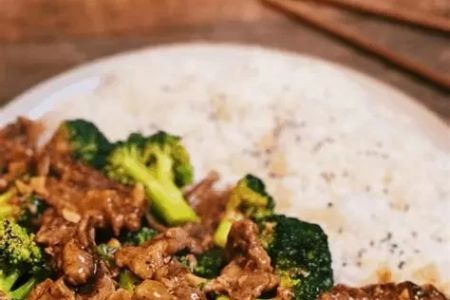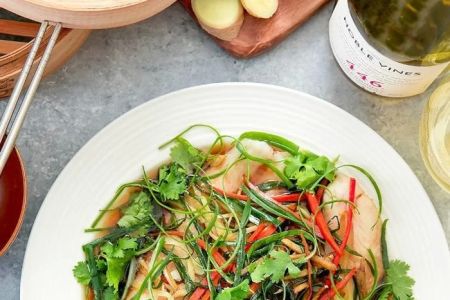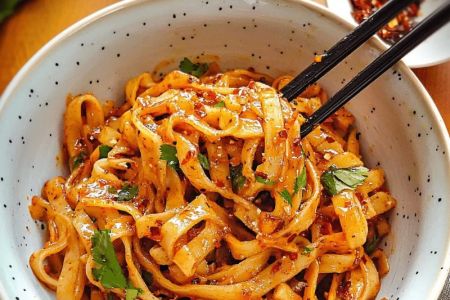- understanding-how-much-is-a-bowl-across-contexts - Understanding How Much Is a Bowl Across Contexts
- factors-that-affect-bowl-pricing - Factors That Affect Bowl Pricing
- bowl-culture-in-chinese-food - Bowl Culture in Chinese Food
- street-food-vs-restaurant-bowl-costs - Street Food vs. Restaurant Bowl Costs
- is-a-bowl-worth-the-price - Is a Bowl Worth the Price?
1. Understanding How Much Is a Bowl Across Contexts
When people ask, how much is a bowl, they may be referring to anything from a comforting bowl of beef noodle soup on a street corner in Taipei, to an elegant grain bowl served at a California organic bistro. The answer is not one-size-fits-all—it depends on geography, ingredients, preparation, and even culture.
For example, a traditional Vietnamese pho bowl in Ho Chi Minh City might cost around $1.50, while a stylized version in New York's East Village could easily hit $15 or more. That price tag isn't just about the food—it's about location, service, sourcing, and experience.
2. Factors That Affect Bowl Pricing
2.1 Ingredients and Quality
The first thing that determines bowl food pricing is what’s inside. A basic rice bowl with sautéed vegetables will naturally be cheaper than a slow-braised oxtail bowl with fermented toppings and hand-pounded curry paste. Organic certification, imported spices, and artisanal processes all raise the cost.
2.2 Labor and Presentation
Don't underestimate the labor that goes into a beautifully layered bowl. Sushi rice alone takes skill. Add to that multiple cooking techniques—grilling, braising, pickling—and it's easy to see why some bowls cost more than others. Restaurants that emphasize plated presentation and service elevate the price.
2.3 Location and Dining Experience
A food court bowl might cost $5, but a sit-down bowl with ambient lighting, attentive service, and a premium atmosphere could be triple the price. The value lies not just in the food, but the full sensory experience.
3. Bowl Culture in Chinese Food
3.1 A Bowl Tells a Story
In Chinese cuisine, the bowl is not just a vessel—it’s a story holder. Whether it’s Lanzhou beef noodles, spicy Sichuan dandan noodles, or congee with thousand-year egg, each bowl tells a regional story.
3.2 Affordability and Tradition
Traditionally, Chinese food bowls have been affordable and nourishing, often costing between 8 to 20 RMB (roughly $1–$3 USD) in local settings. But in modern upscale Chinese restaurants, the same bowl could command $18, thanks to premium ingredients, brand prestige, and imported presentation style.
4. Street Food vs. Restaurant Bowl Costs
4.1 Street Value and Accessibility
Ask anyone who has eaten street food in Bangkok or Penang: some of the most flavorful bowls cost under $3. That’s because vendors operate with low overhead, direct supply chains, and often recipes passed down through generations. The affordability makes them accessible daily staples.
4.2 The Gourmet Bowl Trend
Meanwhile, the global rise in “bowl dining”—think poke bowls, acai bowls, grain bowls—has brought premium pricing. A poke bowl in LA might cost $16, primarily due to sashimi-grade fish, avocado, and branding. Here, the question how much is a bowl reflects modern marketing and urban economy more than tradition.
5. Is a Bowl Worth the Price?
Whether a bowl costs $3 or $30, its value comes down to personal experience. Was it made with care? Did it satisfy more than hunger? Was it memorable?
At Chinese Food, we believe a bowl should feed not just the stomach but the soul. That’s why we curate dining experiences, tools, and products to help you recreate the perfect bowl at home—or find it at your next culinary destination.
So the next time you ask “how much is a bowl,” think not just of cost—but of context, culture, and craft.
